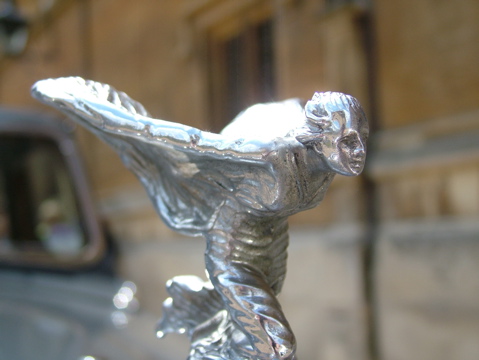Claude Grahame-White
I’ve added another biography to the sidebar, that of devil-may-care flying fool Claude Grahame-White. He is probably most remembered today for his daring night flight in 1910 while attempting to win the Daily Mail London to Manchester prize. (His film career seems to have attracted somewhat less attention.) But for me Grahame-White’s main significance is […]


